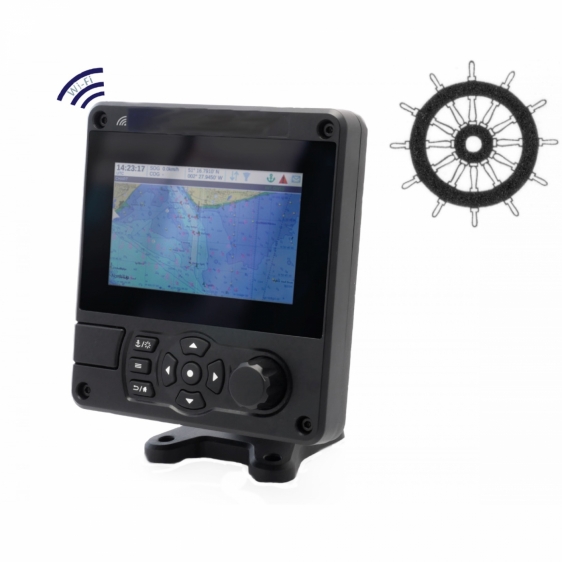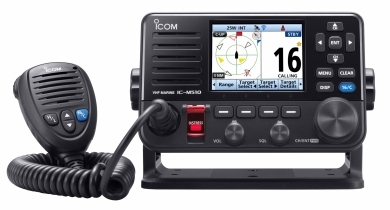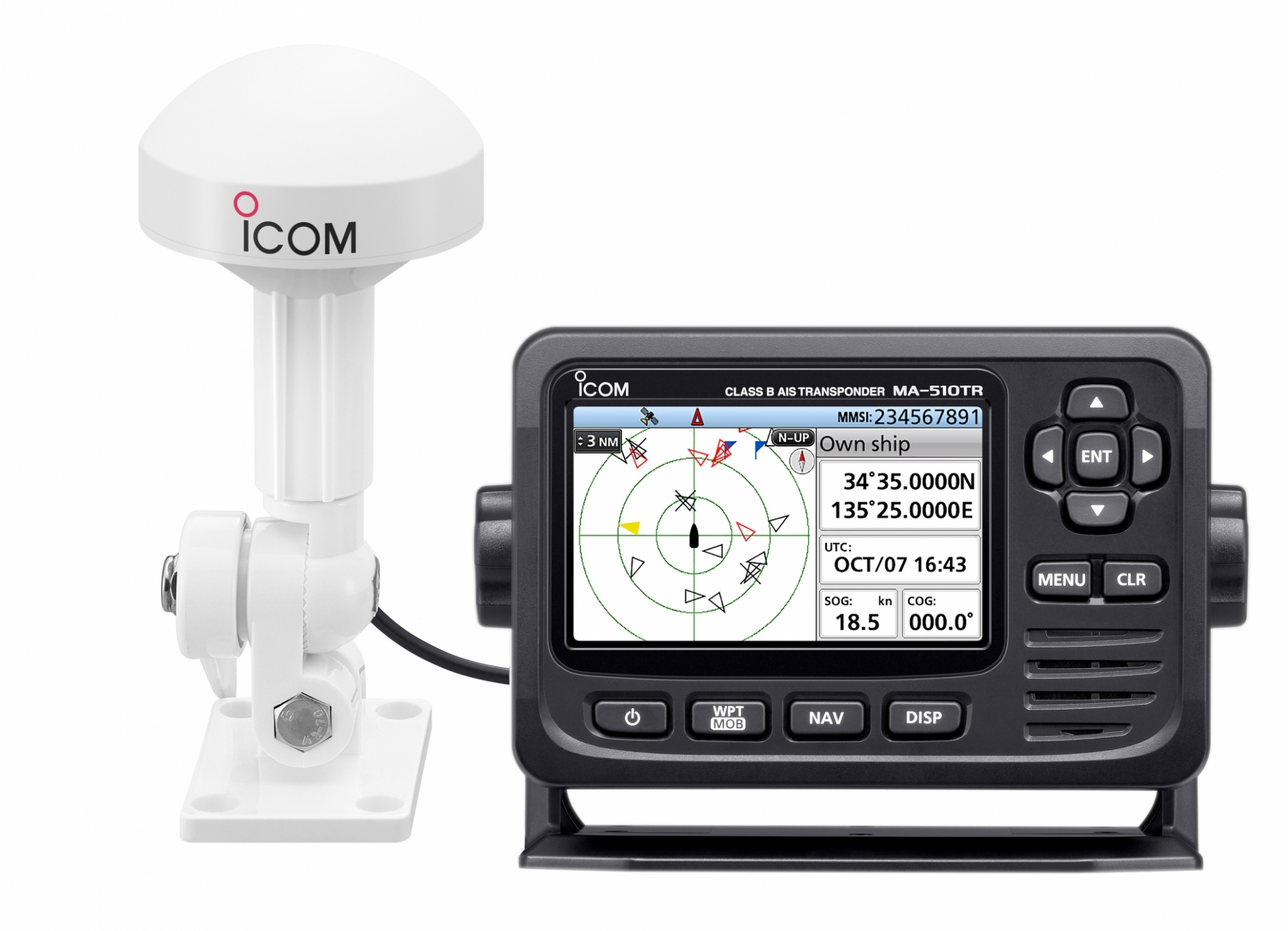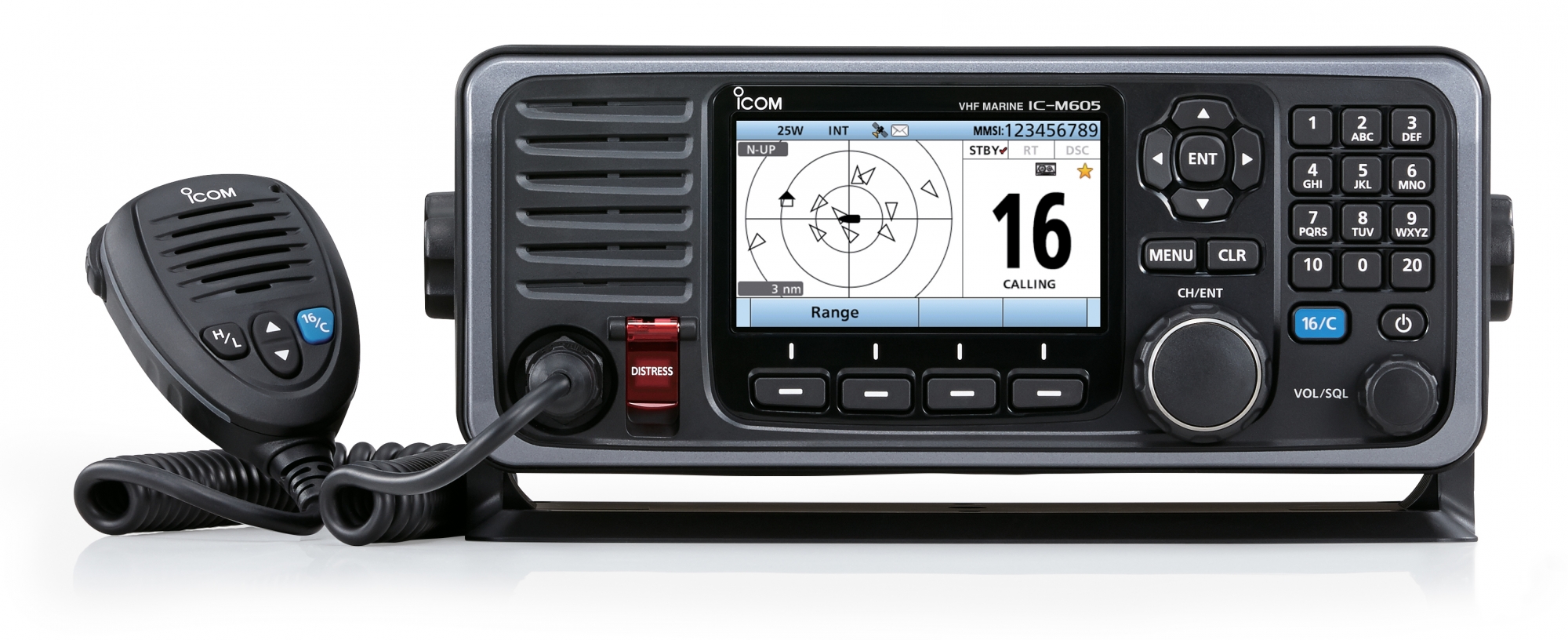All about AIS
More and more pleasure craft are venturing far from the coast in close proximity to large commercial vessels. To ensure safety and security at sea, you can rely on AIS systems to prevent the risk of collision and manage maritime traffic.
What is AIS?
AIS stands for Automatic Identification System.
It is a worldwide automatic tracking system used on ships for identifying and locating vessels to avoid collisions!
The AIS on board automatically transmits your boat's identity (your MMSI number), the name of your boat, your GPS position, course and speed, and other useful information.
In fact, in your navigation zone, AIS information provides an overview of every potential danger in relation to your own boat's position: change in speed or course of a boat, proximity warning or course correction, etc.
You can select information about other boats to display their MMSI numbers and call them directly by VHF radio using DSC function (Digital Selective Calling).
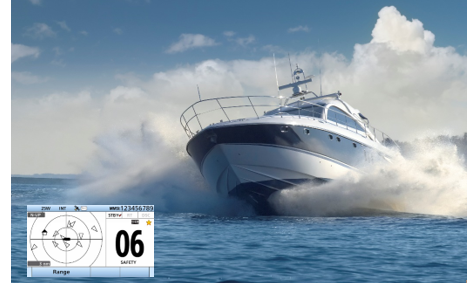
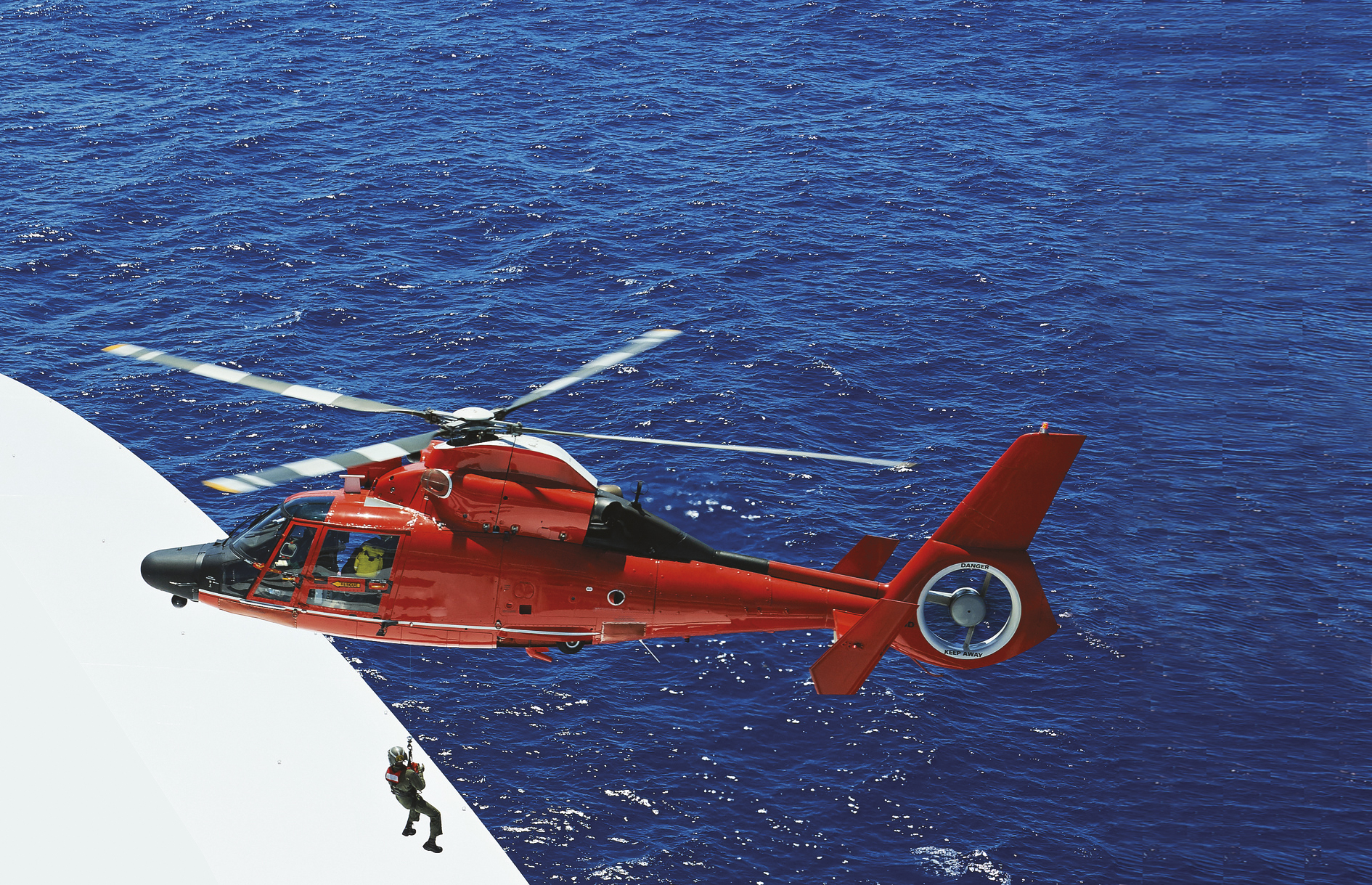
Who are AIS users?
AIS data is used by boats fitted with AIS equipment (pleasure craft, commercial vessels, fishing boats, etc.) and coastal stations responsible for monitoring maritime traffic, such as CROSS in France.
These boats also have equipment that receives the information transmitted by the AIS equipment that can be displayed on mapping software to provide additional security.
What are AIS benefits?
- Initially used by commercial vessels, the role of AIS is to avoid collisions at sea and to monitor the fleet in real time. When visibility is poor or navigation conditions dangerous, AIS can be a great help because it works like radar.
- AIS can also be used in personal beacons. If a crew member falls overboard, this beacon transmits the real-time position of the fallen crew member in AIS. The AIS navigation equipment on the boat or on another boat will display the bearing and distance of the person in the water.
- Nowadays, AIS equipment is also used on smaller boats, particularly pleasure craft, as it contributes to safer navigation. By providing maps and alerts, AIS systems make manoeuvring easier and prevent accidents.
- For fishing activities, AIS transponders not only serve to avoid collisions, but also enable fishermen to alert boats in the vicinity of their nets and suggest route modifications.
- Finally, for leisure activities, AIS can be used to track the position of a professional or recreational sailor directly on the Internet. Sites such as http:/www.marinetraffic.com allow anyone to view a skipper's AIS information, for example.
How does AIS work?
AIS records your position and movements using its onboard GPS/GNSS system.
At regular intervals, you transmit your AIS information and receive AIS information from other boats on two channels alternately. AIS data is transmitted on two dedicated radio frequencies: AIS 1: 161.975 MHz, channel 87B and AIS 2: 162.025 MHz, channel 88B.
When installing AIS transponders, it is strongly recommended to use a dedicated antenna. However, in very rare circumstances, a splitter can be used when the boat does not allow the installation of an antenna splitter.
Your AIS information is visible outside a stand-alone transponder such as the MA-510TR, on a chartplotter, on radar or even on PC software via various connections.
What information is transmitted with AIS?
- NMEA0183 data
- NMEA2000 data
- Wifi data
AIS transponders generally transmit the following information, with variations depending on whether the transponder is class A or B:
Name of vessel, MMSI number and call sign, type of vessel (passenger, cargo, fishing, etc.), position of vessel (current latitude and longitude), course over ground (COG), course of your vessel, speed over ground (SOG), distance to nearest point of approach (CPA), time to nearest point of approach (TCPA), dimensions of vessel (length, beam and draft).
There are 2 types of AIS used by ships, differentiated by their class: class A or class B.
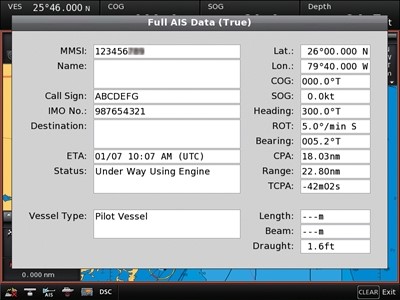
What type of AIS should I choose?
CLASS A
Class A AIS equipment is used by professional vessels, passenger ships, fishing vessels over 12M, commercial vessels over 300 tonnes and certain passenger ships subject to the SOLAS Convention.
AIS Class A transponders have a transmitting power of up to 12.5 watts and generally transmit information every 2 to 12 seconds depending on the speed of the vessel.
Their transmission range can reach 20 miles or more if an appropriate antenna is used.
The Koden KAT-330 AIS Class A transponder is shown opposite.
CLASS B
If you have a pleasure boat or a recreational fishing vessel, you need an AIS Class B transceiver!
Easier to use and more economical than AIS Class A equipment, an AIS Class B transponder transmits your MMSI, your position in real time, your course and information about your boat.
It operates at a power of less than 2 watts and transmits approximately every 30 seconds, with a transmission range that depends on the antenna installation.
Opposite is the MA-510TR Class B AIS transponder >>
The MA-510TR is a self-contained, compact, waterproof unit that combines a transponder and a large, backlit, wide-angle (4.3") colour LCD display in a single unit.
This advanced AIS transponder features a range of collision-risk management functions, a navigation function that guides the operator to a specific waypoint or destination, an anchor alarm and a target display.
Below is the IC-M510EAIS fixed marine VHF with integrated AIS >>
What others ICOM transceivers with AIS are available?
Because AIS is an advantage for all those who sail, ICOM offers several AIS solutions and in particular, in addition to the AIS Class B transponder mentioned above, the following AIS transceivers.
The IC-M94DE which is the world's first portable marine radio with an integrated AIS receiver.
This VHF with DSC features a large display so you can easily view AIS information from other boats.
With its sleek design and a host of easy-to-use features, it's a game-changer for anyone venturing out to sea for leisure or work!
The IC-M605EURO fixed marine VHF with DSC Class D is a top-of-the-range radio with integrated AIS.
Compatible with the NMEA2000 communication protocol, this VHF can be interfaced to an existing network or to other NMEA2000 (or NMEA 0183) standard equipment.
This radio also features a "Danger List" function that helps you find any dangerous target whose CPA is within 6 nautical miles and whose TCPA is within 60 minutes of your vessel.
As an option, the IC-M605EURO can receive up to 3 remote stations.



